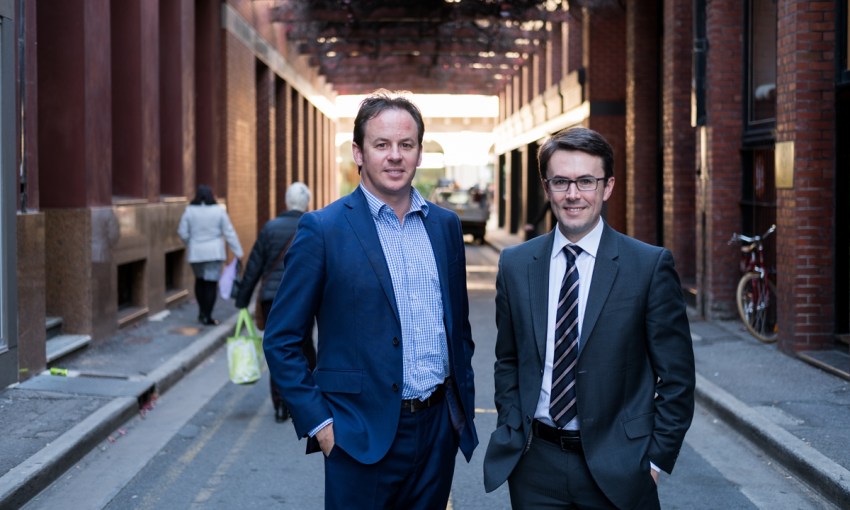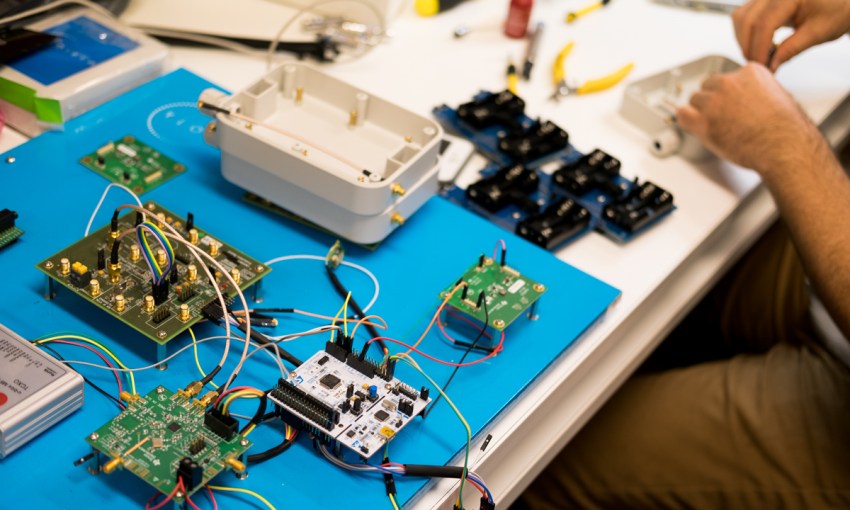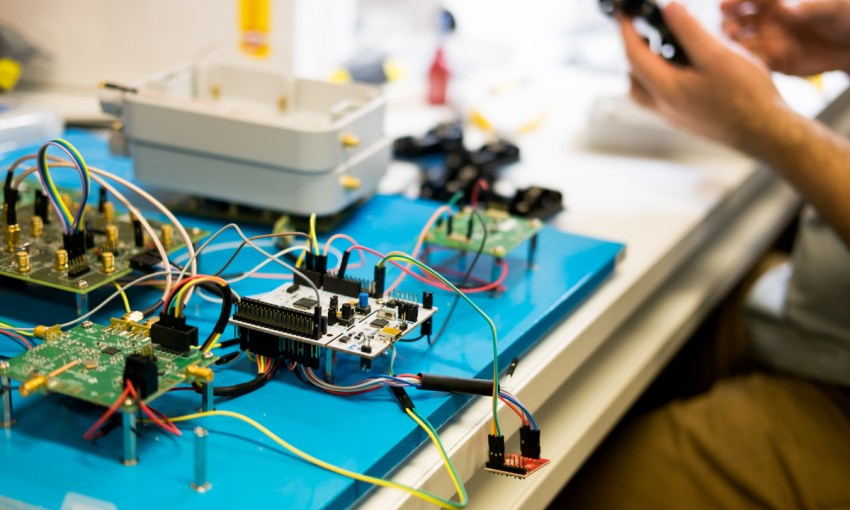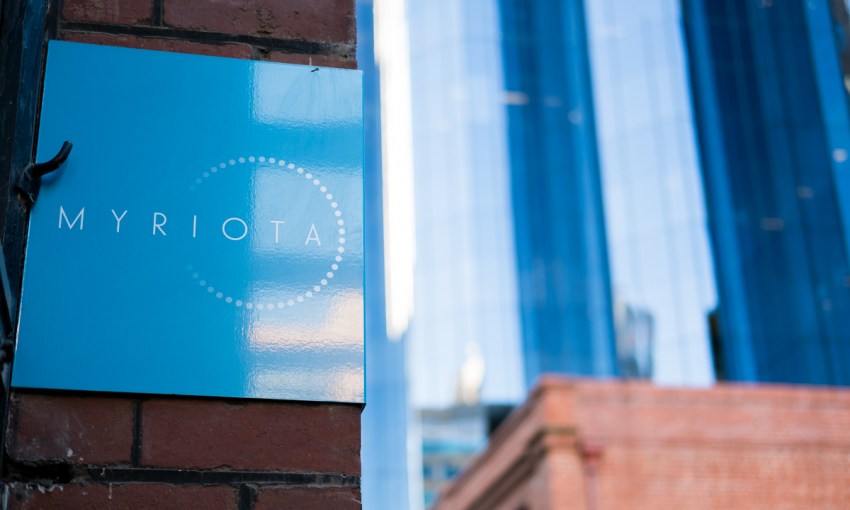Chesser Street start-up, Myriota, is bringing the Internet of Things to the least connected areas of Australia.
Introducing Myriota
Despite the rhetoric of the major telecommunications companies, there is a dearth of connectivity in remote and regional Australia.
For people in the agriculture industry whose livelihood depends on plots of land in these areas, this is an expensive problem; existing satellite technology has a high cost of entry and requires expensive data subscription fees.
CityMag is working with the State Government on a series of articles that profile the new businesses and influencers who are shaping Adelaide’s future.
And as our metropolitan population moves toward the hyper-connected reality of the Internet of Things, the less densely populated regions of Australia are under threat of being left somewhere in the early-’90s.
This is despite agriculture being a prime example of an industry that could benefit from such technology.
“There’s many industries that have remote and mobile operations… they’d like all those benefits,” Chief Executive Officer and co-founder of Adelaide start-up Myriota, Alex Grant, says.
“The impediment is the connectivity to make it happen, and that’s what we aim to provide.”
Based on research conducted while working at a UniSA research institute, Alex and David Haley (Myriota’s co-founder and Chief Technology Officer) created a small, low cost, long battery life circuit board that can interface with sensors, which will then send that information through Myriota’s own satellite network.

The circuit board developed by Myriota
One real world application they’re exploring as part of the technology’s current pilot deployment, is a farmer who needs information on water tank levels.
“You drop [a sensor] into a tank in outback Australia,” says Tom Rayner – Myriota’s General Business Manager. “And then the data will go by our satellites back to a phone app. A farmer anywhere in the world can monitor a water tank without having to go and manually inspect it.”
“You can do that now with existing technology, but the hardware will cost you upwards of $2,000-$2,500 and you’ll be paying $50-$70 a month subscription fees. We can do it for under $50 a year [in] subscription fees.”
“In order to provide a low-cost service, it’s a non-real time service, so this equipment doesn’t show you the level of the water tank second-by-second, it reports it a number of times a day,” Alex adds.
“As we add more satellites into our constellation, that time comes down, until we sort of head towards a real-time service, which is something we’ll scale up as we bring in more users to the system.”
Myriota was recently awarded a grant from the South Australian Early Commercialisation Fund, which is being used to develop the circuit board, reducing its size and hopefully opening a pathway to further applications.
“Over time, as it gets smaller and cheaper, it opens up other use cases; so when it get small enough and cheap enough, it becomes economically viable to put it on a cattle ear tag, for instance,” Tom says.
“Absolutely it’s on our radar to get something that’s small enough, low power enough, and cheap enough to make a satellite-connected cow become an economic reality.”
Industry is Myriota’s primary focus at this stage, but as the technology develops they hope consumer applications can be found.
“We’ve been participating in a few different Internet of Things conferences and hackathons and things like that. It’s early days for us, but we’re very keen to stimulate an active set of developers who can take what we’ve done here,” Alex says.
“We’ve focussed on making this a very clean product for daily connectivity, but that then branches out in so many different ways that clever people can start thinking of new applications that we don’t think of, and start doing amazing things with the product.”
“We’re not quite there yet, but we’ve already had some interaction with people who look after communities in developing countries and look after areas where environmental monitoring just doesn’t happen now,” Tom says.
“The ability to use this to transmit data [on] clean water for a local village… is one that’s come across our desk. It’s pretty exciting to be able to make fundamental changes and improvements in people’s lives with a little kit that’s quite cheap and has been designed and produced here in Adelaide.”







